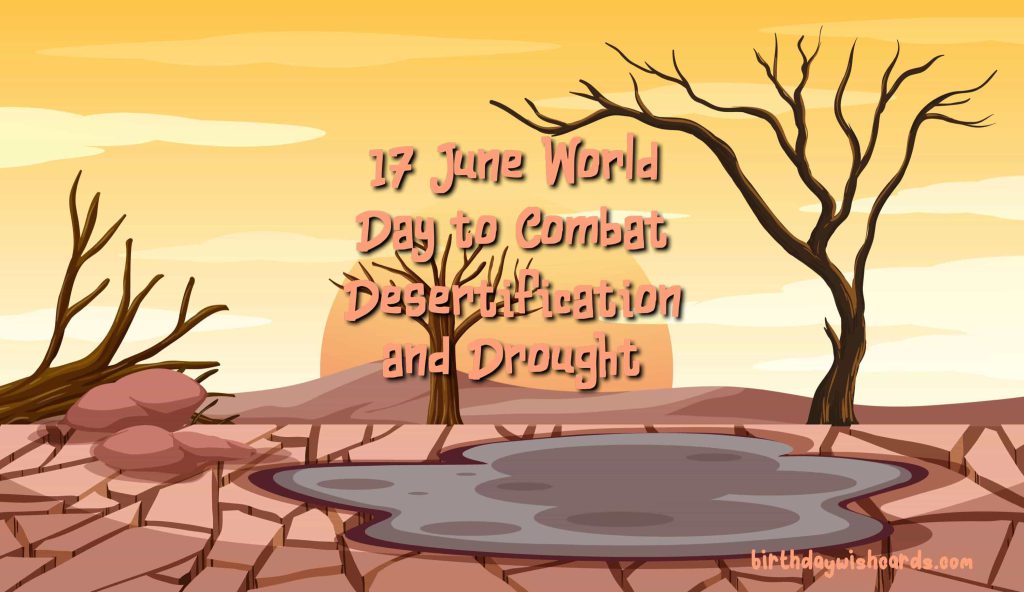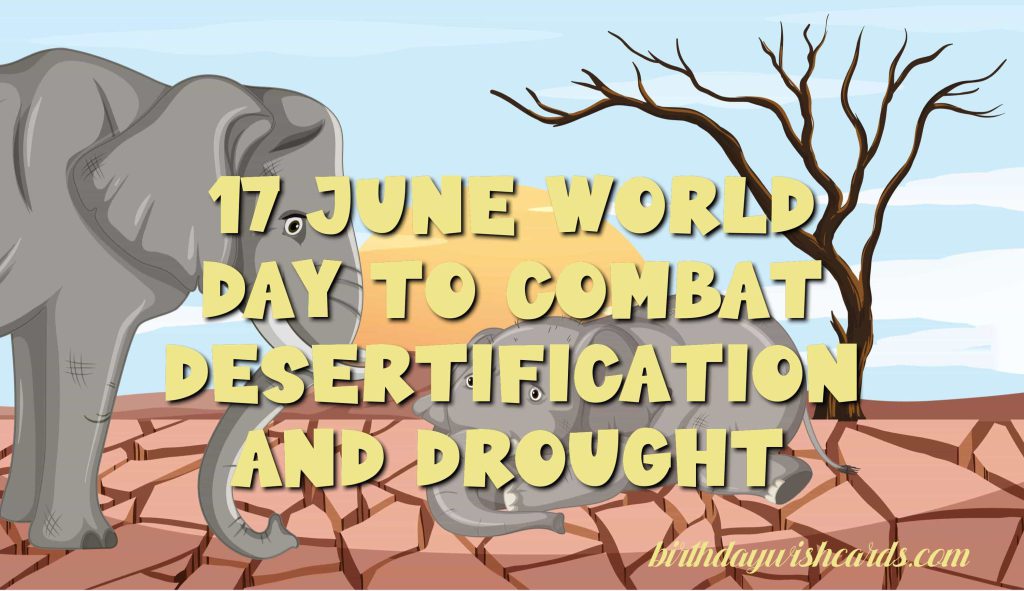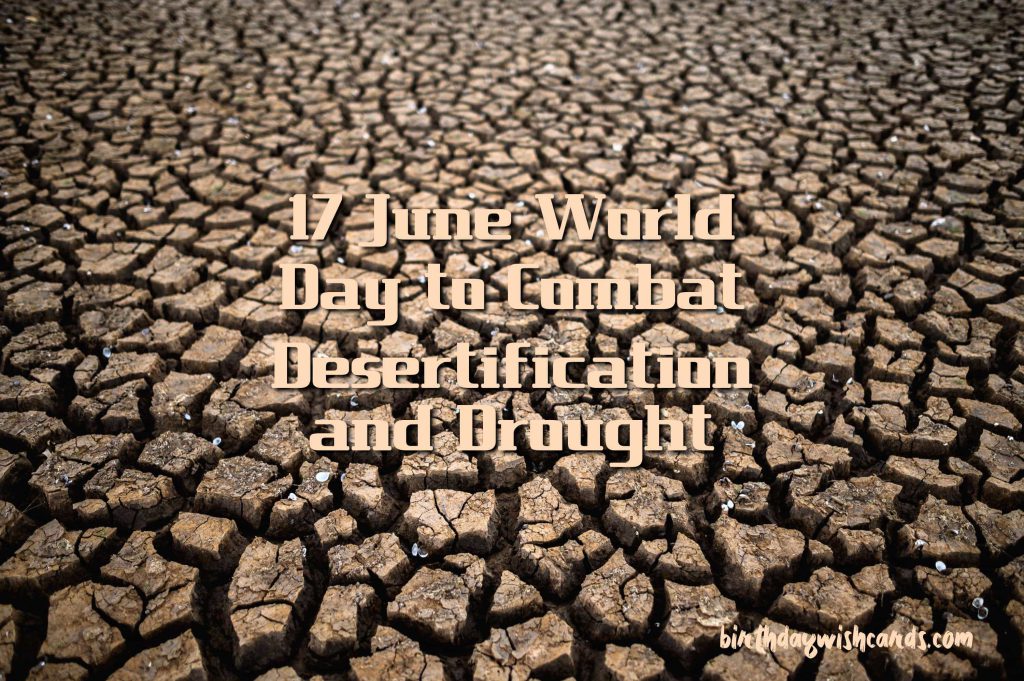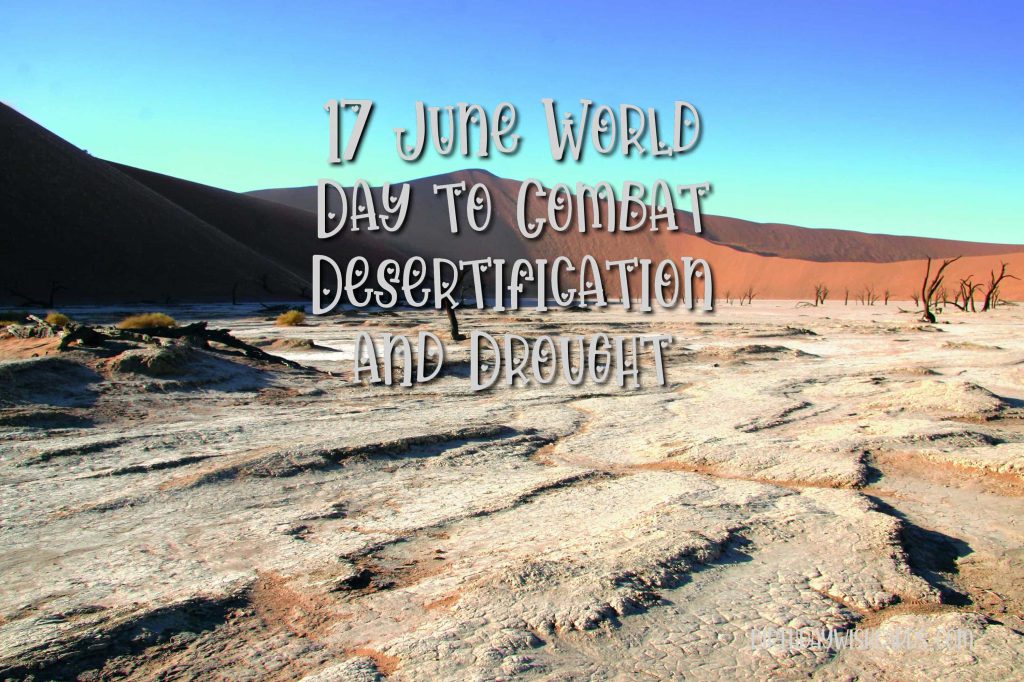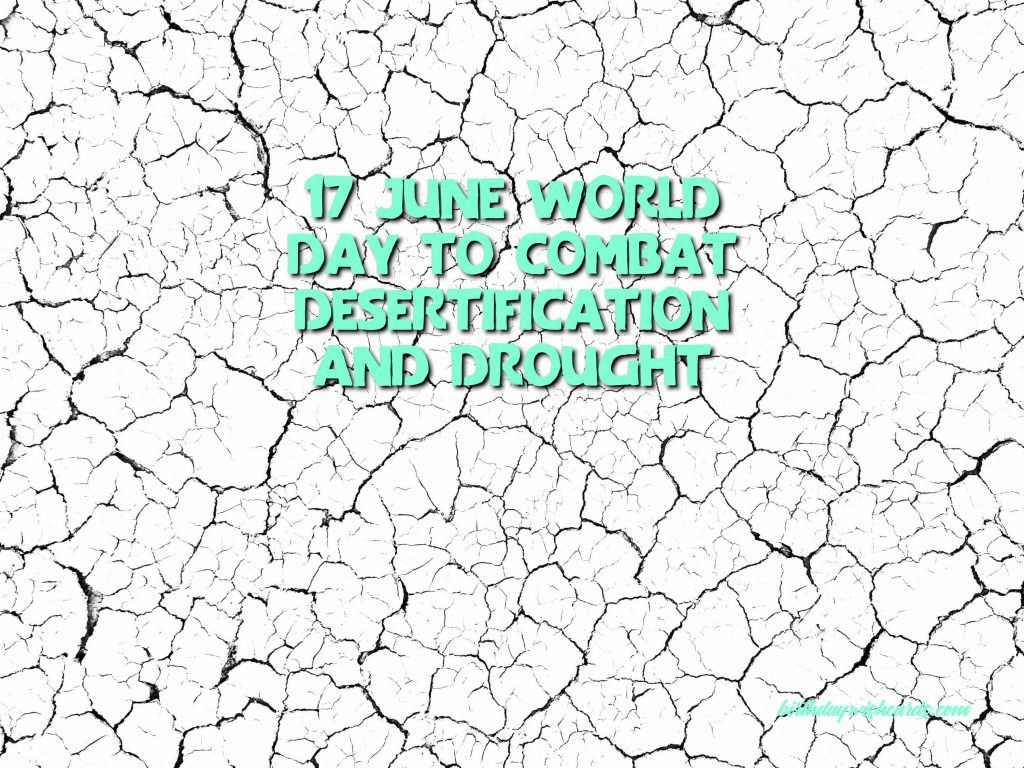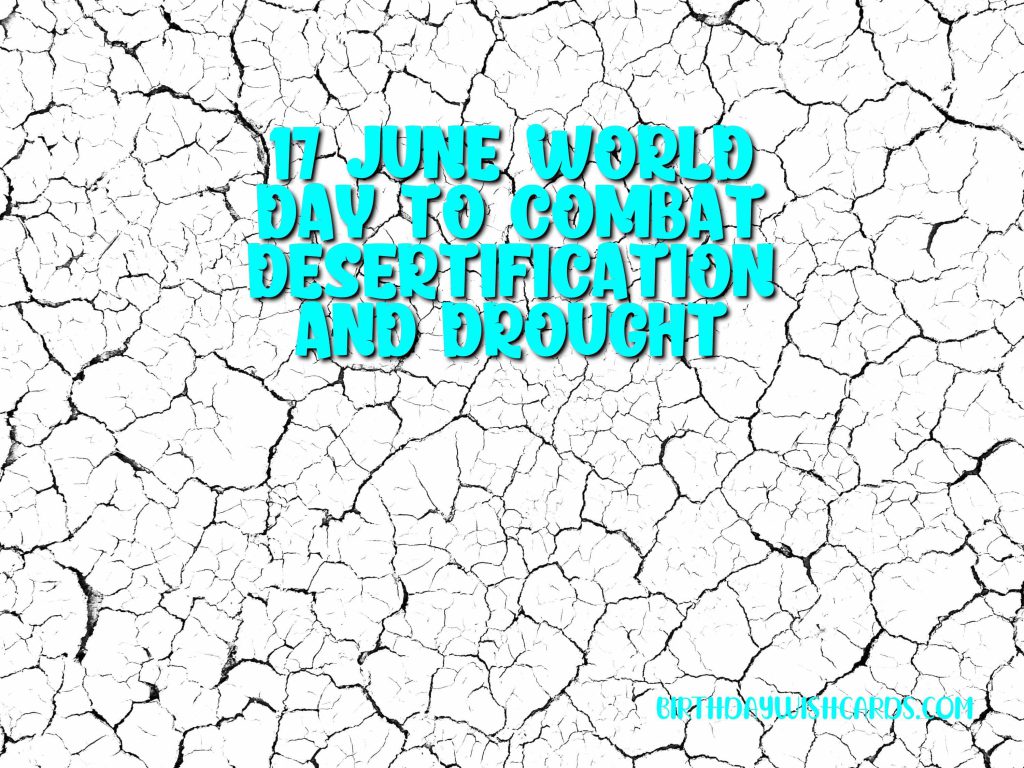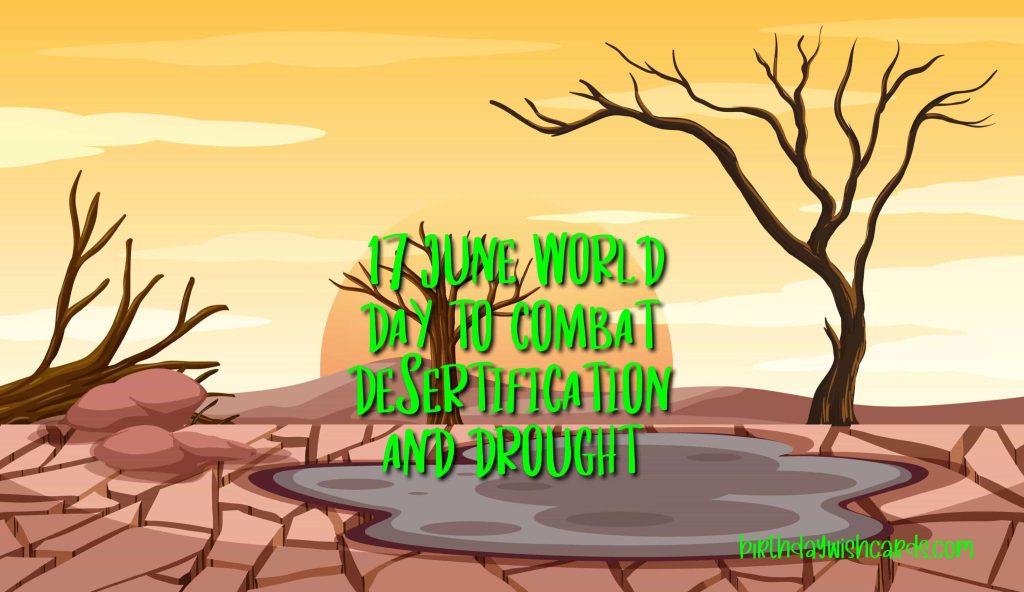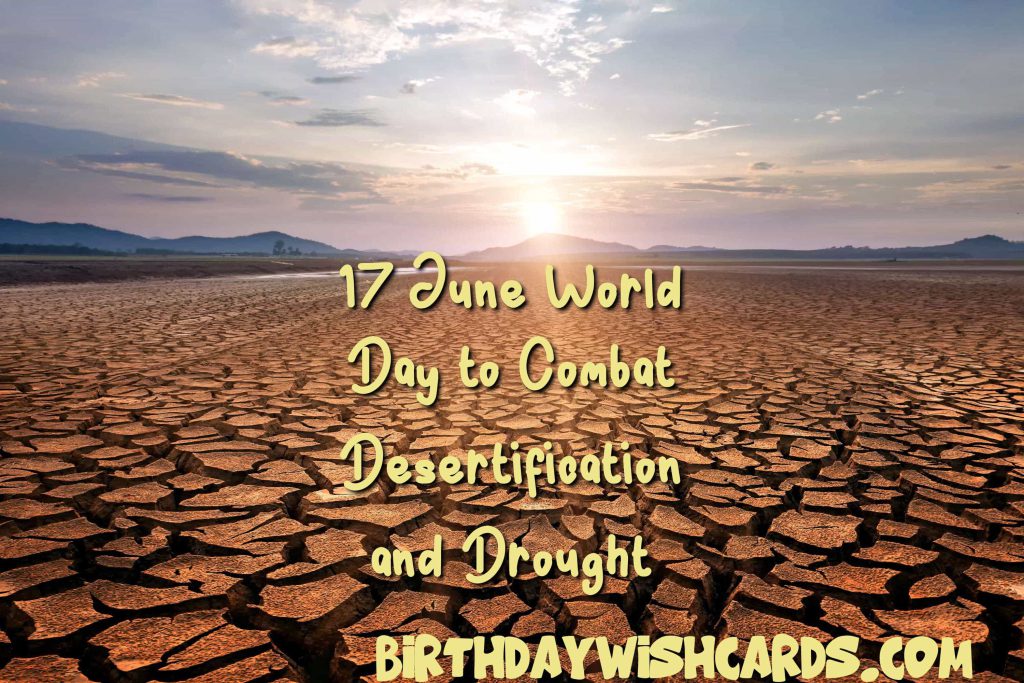
17 June: World Day to Combat Desertification and Drought
Declaration of the Day and Decade for Deserts and Combating Desertification
Desertification, along with climate change and biodiversity loss, was identified as one of the most pressing challenges to sustainable development at the 1992 Rio Earth Summit. In response, the United Nations has taken significant action to address land degradation on a global scale.
In 1994, the UN General Assembly established the United Nations Convention to Combat Desertification (UNCCD), the only international legally binding treaty that links environmental protection and development with sustainable land management. At the same time, the Assembly designated 17 June as the “World Day to Combat Desertification and Drought” through resolution A/RES/49/150, aiming to raise awareness and inspire action worldwide.
To further strengthen global efforts, the UN General Assembly proclaimed 2010–2020 as the United Nations Decade for Deserts and the Fight Against Desertification. This initiative sought to boost international cooperation and intensify efforts to halt and reverse land degradation, with the UNCCD Secretariat leading these activities.
UNCCD’s Efforts to Restore Degraded Lands
The UNCCD brings together 197 parties—169 of which are directly affected by desertification—working collaboratively to preserve and restore land and soil productivity. Their primary focus is on mitigating the impacts of drought in drylands, which include arid, semi-arid, and dry sub-humid regions. These ecosystems are among the most vulnerable on Earth, yet they support diverse communities and wildlife.
Desertification is a complex and urgent environmental challenge. Importantly, it does not refer to the natural expansion of deserts, but rather to the persistent degradation of dryland ecosystems caused by climate change and unsustainable human activities.
Major human-driven causes of desertification include unsustainable agricultural practices that deplete soil nutrients, mining, overgrazing by livestock, and deforestation for fuelwood and land clearing. The loss of plant cover destabilizes soil, making it susceptible to erosion by wind and water.
Understanding Desertification
Wind and water erosion accelerate land degradation by stripping away fertile topsoil, leaving behind poor, sandy soils. This process transforms once-productive land into barren and infertile areas.
Desertification is a global issue with far-reaching consequences for biodiversity, food security, poverty reduction, socio-economic stability, and sustainable development. Drylands are inherently fragile, and their degradation can have devastating impacts on local communities, livestock, and the environment.
It is estimated that up to 50 million people could be displaced within the next decade due to the effects of desertification. Historically, land degradation has contributed to the decline of great civilizations and the displacement of populations. Today, the rate of arable land degradation is alarmingly high—estimated to be 30 to 35 times faster than natural rates.
The 2021 World Day to Combat Desertification and Drought, observed annually on 17 June, highlighted the importance of transforming degraded land into healthy, productive land. Land restoration offers multiple benefits: it strengthens economic resilience, creates jobs, raises incomes, and improves food security. Restored ecosystems also support biodiversity, sequester atmospheric carbon to help mitigate climate change, and contribute to a green recovery following the COVID-19 pandemic.
Loss of Ecosystems and Its Impact
Nearly three-quarters of the Earth’s ice-free land has been altered by human activity to meet growing demands for food, raw materials, infrastructure, and housing. Preventing, slowing, and reversing the loss of productive land and natural ecosystems is more urgent than ever.
More than 100 countries have pledged to restore nearly one billion hectares of land over the next decade—an area roughly the size of China. Achieving this goal will yield immense benefits for both people and the planet.
The World Day to Combat Desertification and Drought serves as a vital platform to raise public awareness and galvanize global efforts to address desertification. It reminds us that achieving land degradation neutrality is possible through innovative solutions, inclusive community engagement, and cooperation at all levels.
These issues require urgent attention. Degraded land leads to the loss of natural spaces, increased greenhouse gas emissions, and declining biodiversity. In addition, reduced wild areas weaken natural barriers against zoonotic diseases such as COVID-19 and decrease protection from extreme weather events like droughts, floods, and dust storms.
Global Actions and the Role of UNCCD
The UNCCD calls on the global community to treat land as a finite and invaluable resource. Prioritizing land health is essential for pandemic recovery and for advancing the goals of the UN Decade on Ecosystem Restoration.
Everyone has a role to play in this mission. The future of people and the planet depends on sustainable land management and restoration. Protecting and restoring land ecosystems not only supports environmental sustainability but also improves livelihoods and promotes socio-economic stability worldwide.

